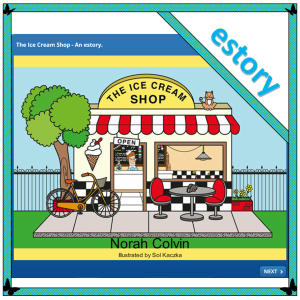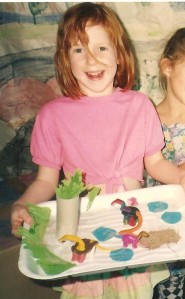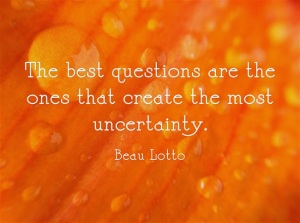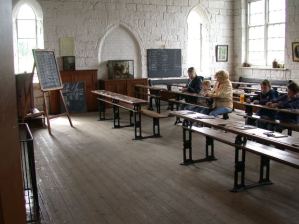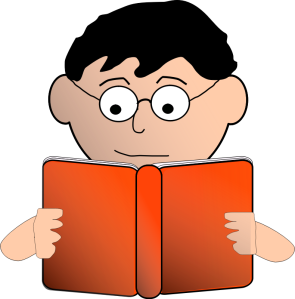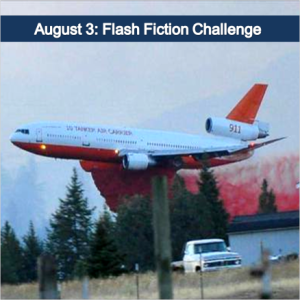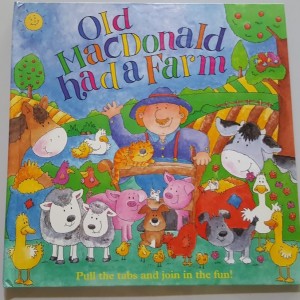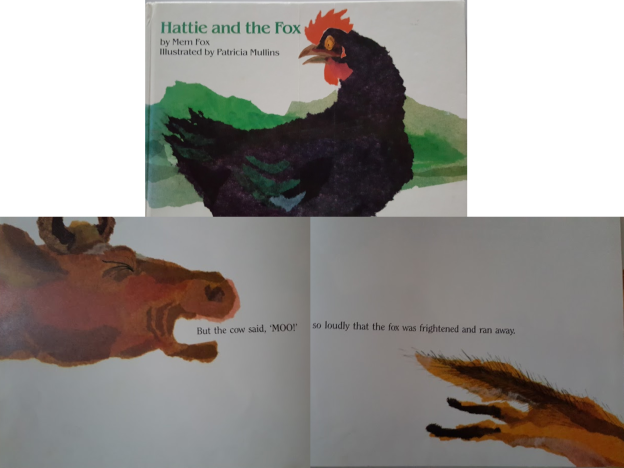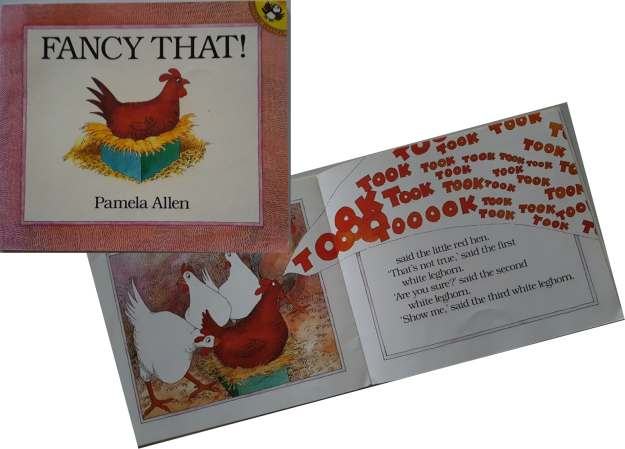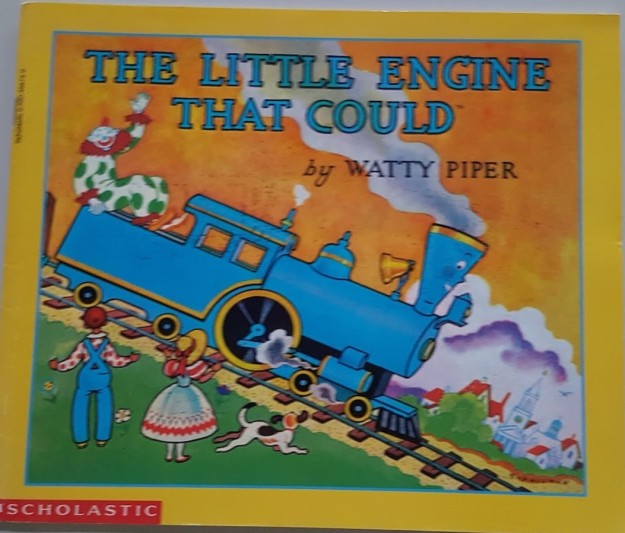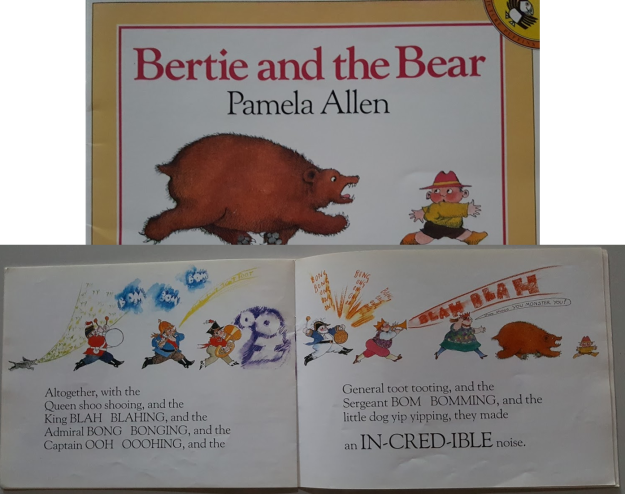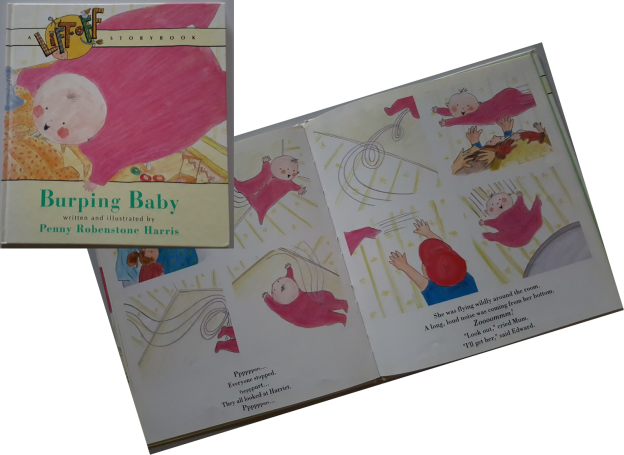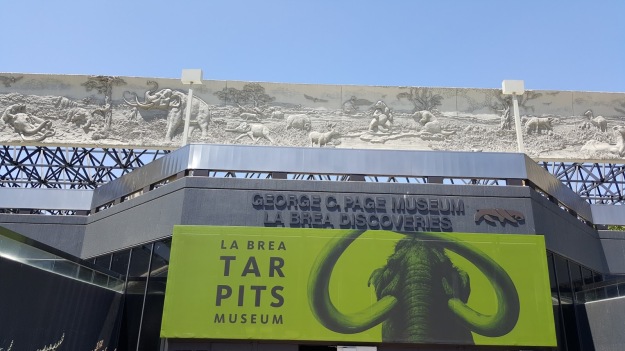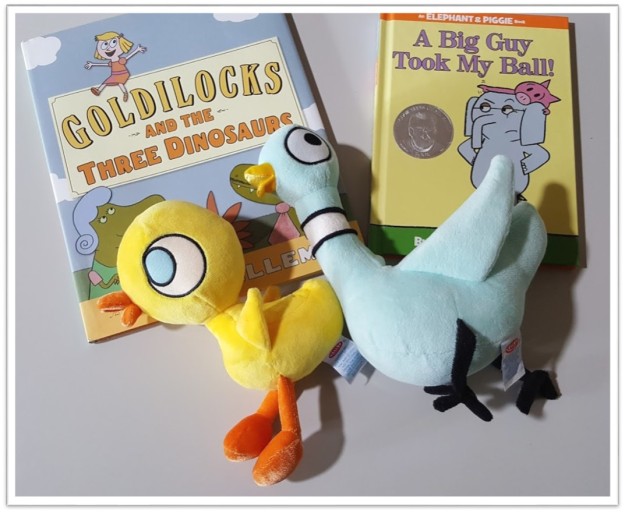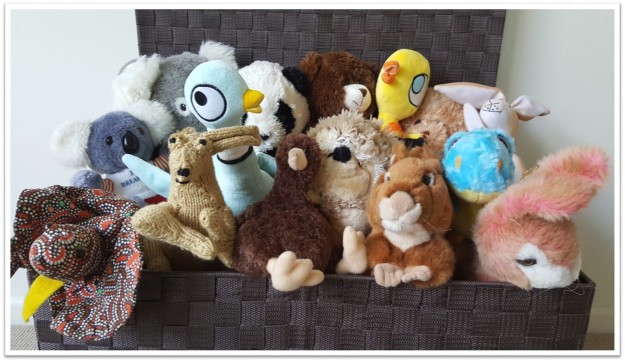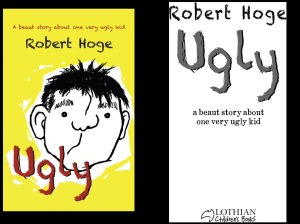This week at the Carrot Ranch Charli Mills is talking about playgrounds. I love playgrounds. Who doesn’t? They are a familiar part of life. Most neighbourhoods have at least one park or playground where children can go to play.
Playgrounds are great places for children to:
- Meet other children
- Learn to socialize, through sharing of equipment and taking turns
- Develop physical skills such as coordination, balance, strength
- Develop confidence and persistence, and a willingness to have a go and try out new things
- Play imaginatively, on one’s own or collaboratively
- Be outdoors in the fresh air and in nature
- Be active
Charli suggested we think about empty playgrounds. I thought about the differences between modern playgrounds and the playgrounds of my childhood.
So many pieces of play equipment that were common and popular in “my day” are no more. They disappeared over the years, due to changing attitudes to safety and responsibility. So much of the playground equipment I played on as a child would not be allowed in a playground today.
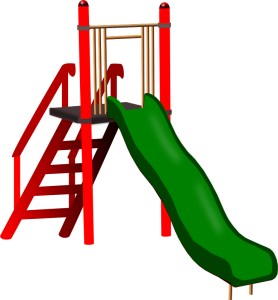
Alanspeak, A slide for children to play on https://openclipart.org/detail/191139/childrens-slide
It got me thinking about the history of playgrounds and playground equipment, and I was surprised to find that playgrounds are a fairly recent invention, little more than 150 years old. This article about playgrounds on Wikipedia states that playgrounds originated in Germany and were attached to schools. The first “purpose built public-access playground was built in a park in Manchester England in 1859.” The first in the USA appeared in San Francisco in 1887.
Other articles such as How We Came to Play: The History of Playgrounds, Evolution of American playgrounds, History of playgrounds and The history of playgrounds – past, present and future provide an interesting overview of the changing landscape of playgrounds over the years.
I was pleased to find that the philosophies of both Froebel and Dewey had been influential in the early days of playground design. I wrote about Froebel, the father of kindergarten, and provided links to information about his works in a previous post Let them Play! My thoughts about education and pedagogy were heavily influenced by the philosophy of progressive educator John Dewey. I previously shared some of his ideas, though not specifically related to play, in John Dewey’s Dream.
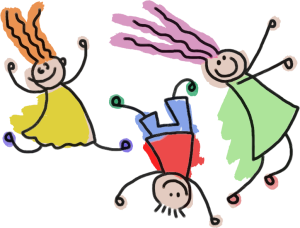
GDJ, Playful stick figures https://openclipart.org/detail/230070/playful-stick-figure-kids
Of course I couldn’t write about playgrounds without including something about school playgrounds. I hope that all schools have somewhere for children to run and play at break times. I recently read This is why Finland has the best schools and was impressed to find that
‘schoolchildren in Finland have a mandatory 15-minute outdoor free-play break every hour of every day. Fresh air, nature and regular physical activity breaks are considered engines of learning. According to one Finnish maxim, “There is no bad weather. Only inadequate clothing.””
The benefits to health, happiness and learning must be enormous.
Play at break time can be the highlight of a child’s day. Children may love the opportunity to run and play with their friends in a relatively unstructured, but safe environment. However, it is not so for all children. Some children dislike the freedom, the space, the lack of structure, the noise. Some don’t know how to make friends or how to play.
While it is great for children to have unstructured play time. It is also important to have equipment to support their play, be it imaginative, social, or physical. I have seen many disagreements occur when children have nothing to play with and no ideas for creating games of their own. It seems that many of the games we used to play, before the invention of video games and (cough cough) television, have been lost to subsequent generations. One day I will compile a list!
For now I will leave you with my response to the flash fiction challenge set by Charli at Carrot Ranch Communications. She challenged writers to
I didn’t find it as easy as I thought I might.
From empty playground
She stopped abruptly as her scattered thoughts aligned to focus on the playground gate. As if restrained by an invisible chain, she was motionless. Beyond the gate children called to each other; but never her. She was not welcome, never included. Their taunts stabbed at her emptiness, twisting as they penetrated deep into the chasm within. She’d wait until they’d gone.
Suddenly a child was there, eying her quizzically; then a mother, appraising her, uncertain.
“Miss. Miss. Are you all right?”
“Y-yes,” she said, straightening herself. “J-just reminiscing.” How could a life once empty, be now so full?
Self-determination.

Thank you for reading. I appreciate your feedback. Please share your thoughts.










